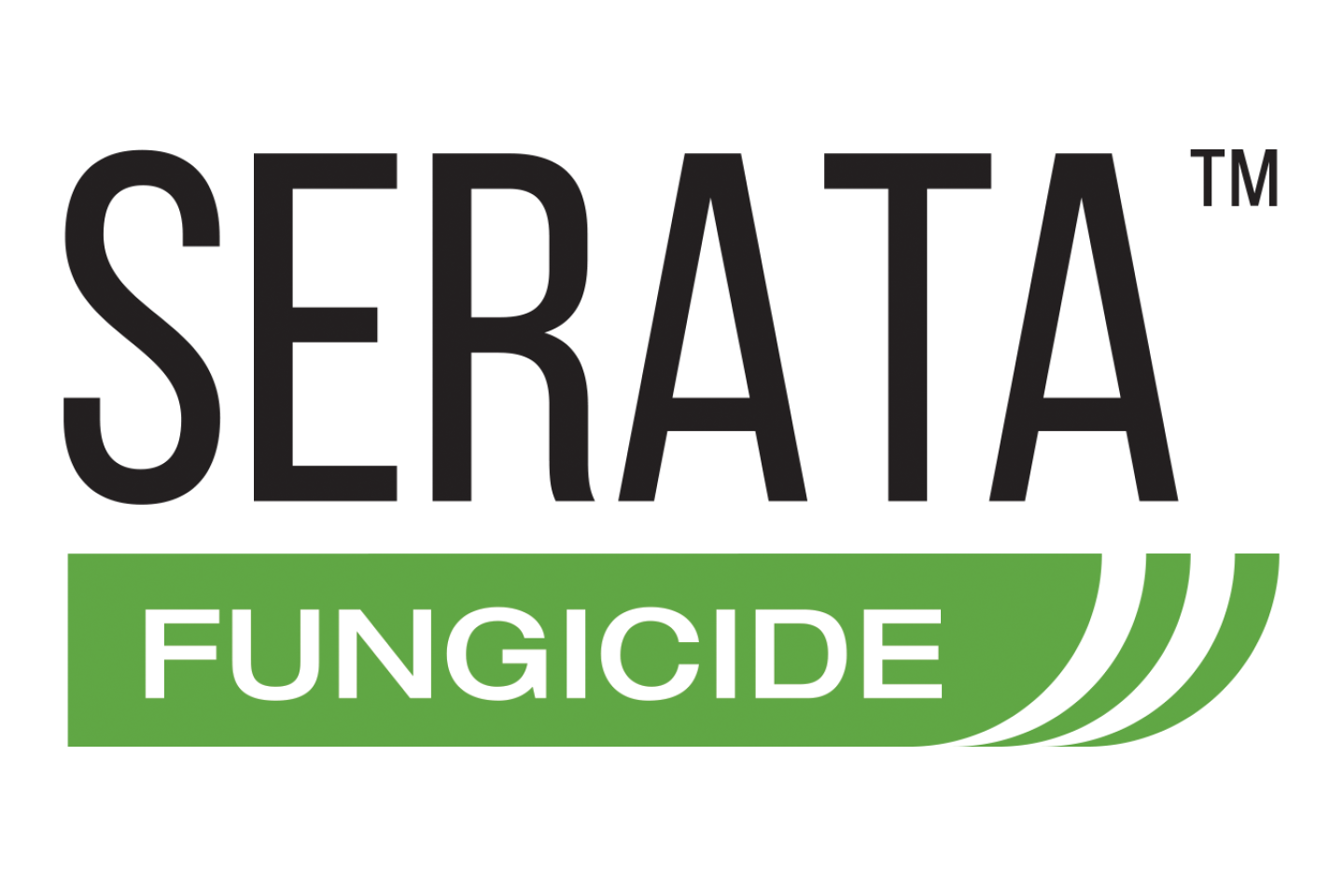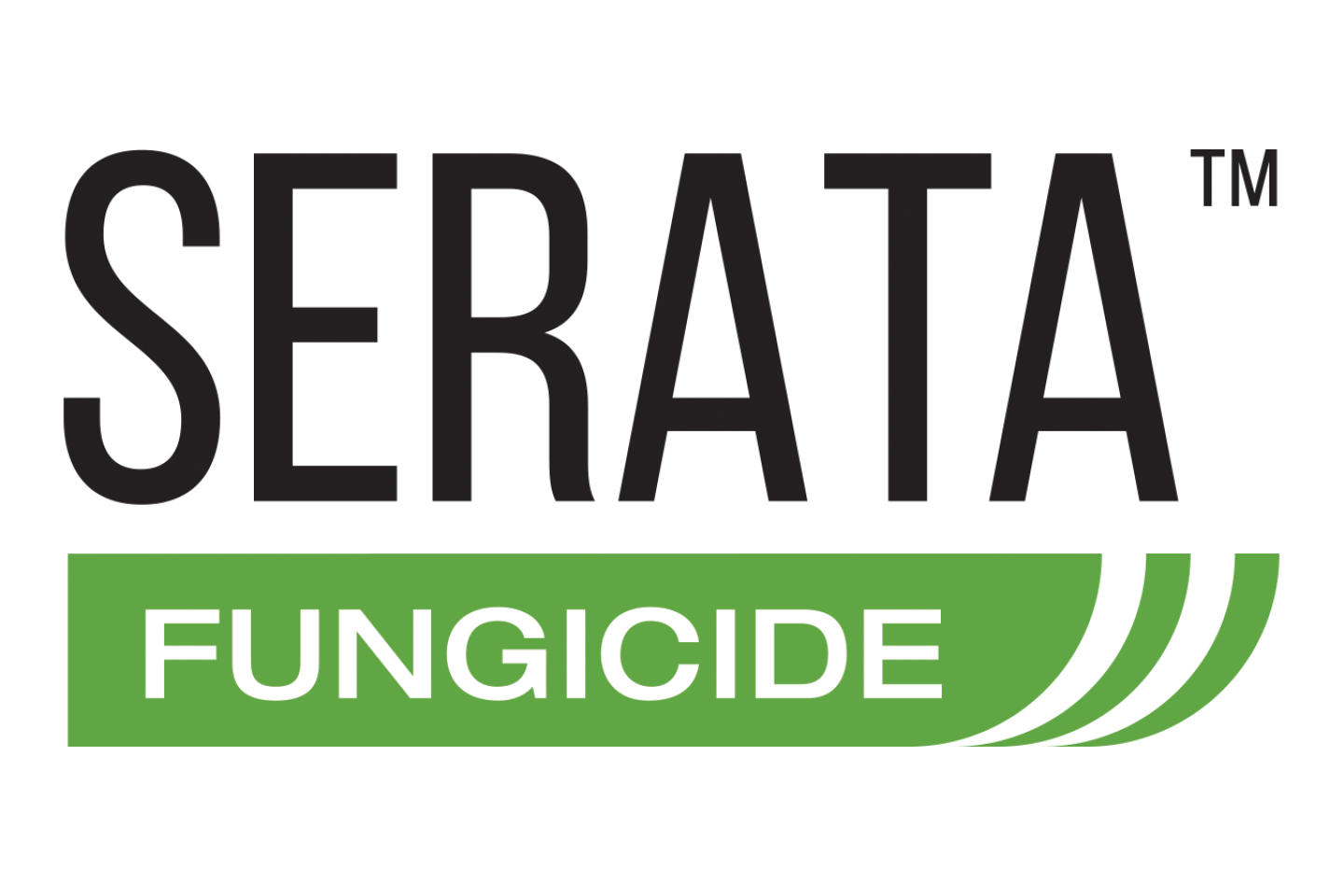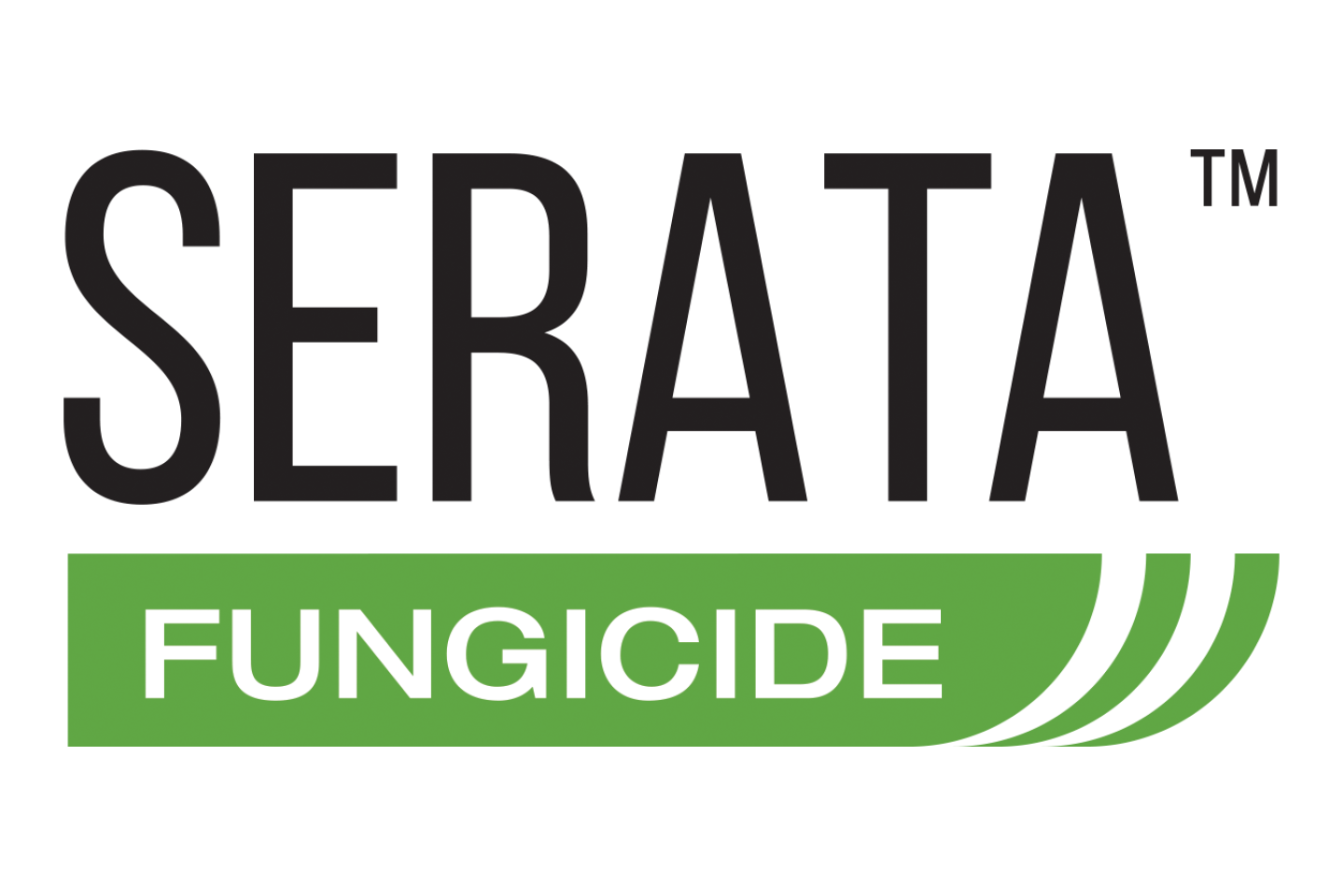Overview
Pythium Blight is caused by several Pythium species, but most commonly Pythium aphanidermatum . Pythium Blight is a foliar disease that can infect many turfgrass species. The main concern with Pythium Blight is how quickly it can spread and devastate turfgrass. Blight infects crowns and leaves and can eventually kill large stands of turf if action is not taken.
Environmental Conditions Favoring Disease Development
This pathogen is active in the summer months during extended periods of hot, humid conditions when nighttime temperatures are above 65°F and daytime temperatures are above 85°F. Blighted turf can also appear in drainage patterns or along equipment routes.
Symptoms and Identification
In higher cut turf, Pythium Blight can appear in irregularly shaped patterns over large areas. In shorter cut turf patches are smaller and more circular often appearing discolored, though small patches can spread very quickly. Leaves can look water-soaked and feel oily when leaves are rubbed between fingers (Figure 1). Involving a qualified disease Pythium blight diagnostic lab would be recommended for accurate diagnosis.
Management
Cultural
Pythium is dependent on prolonged leaf wetness and moisture for infection to occur. The primary focus of cultural management for Pythium Blight involves techniques to maintain proper soil moisture and turfgrass health. Alleviate soil compaction and provide good drainage. Equally important in protecting turfgrass is irrigating with sufficient water as well as irrigating at the right time of day. Irrigating in the early morning hours is recommended as this allows the turf to dry out by late morning.
Chemical
Pythium Blight is best managed by using a preventative fungicide application program. Applications should be dispersed in anticipation of environmental conditions that are conducive for disease development. In cool-season turf, the pathogen can be active during extended periods of hot, humid conditions when nighttime temperatures are above 65°F and daytime temperatures are above 85°F. In warm-season turf, the pathogen can be active during extended periods of humid and cloudy conditions when nighttime temperatures are above 50°F. Fame ® SC Fungicide and Serata™ Fungicide can be used in rotation to control Pythium Blight. Fame SC contains fluoxastrobin, a strobilurin fungicide with activity against Pythium diseases. Serata contains Picarbutrazox, a brand-new mode of action for Pythium disease control.



